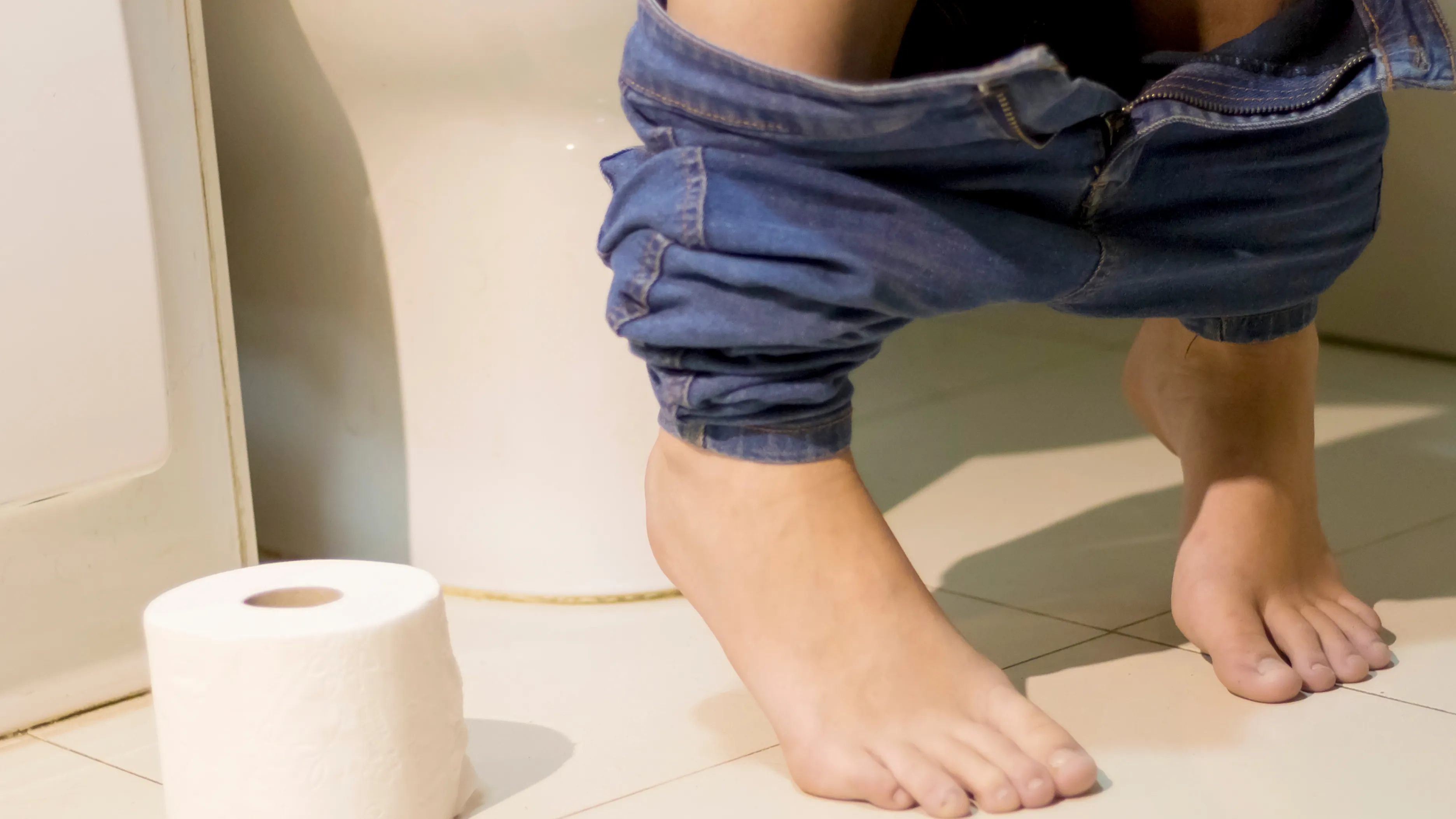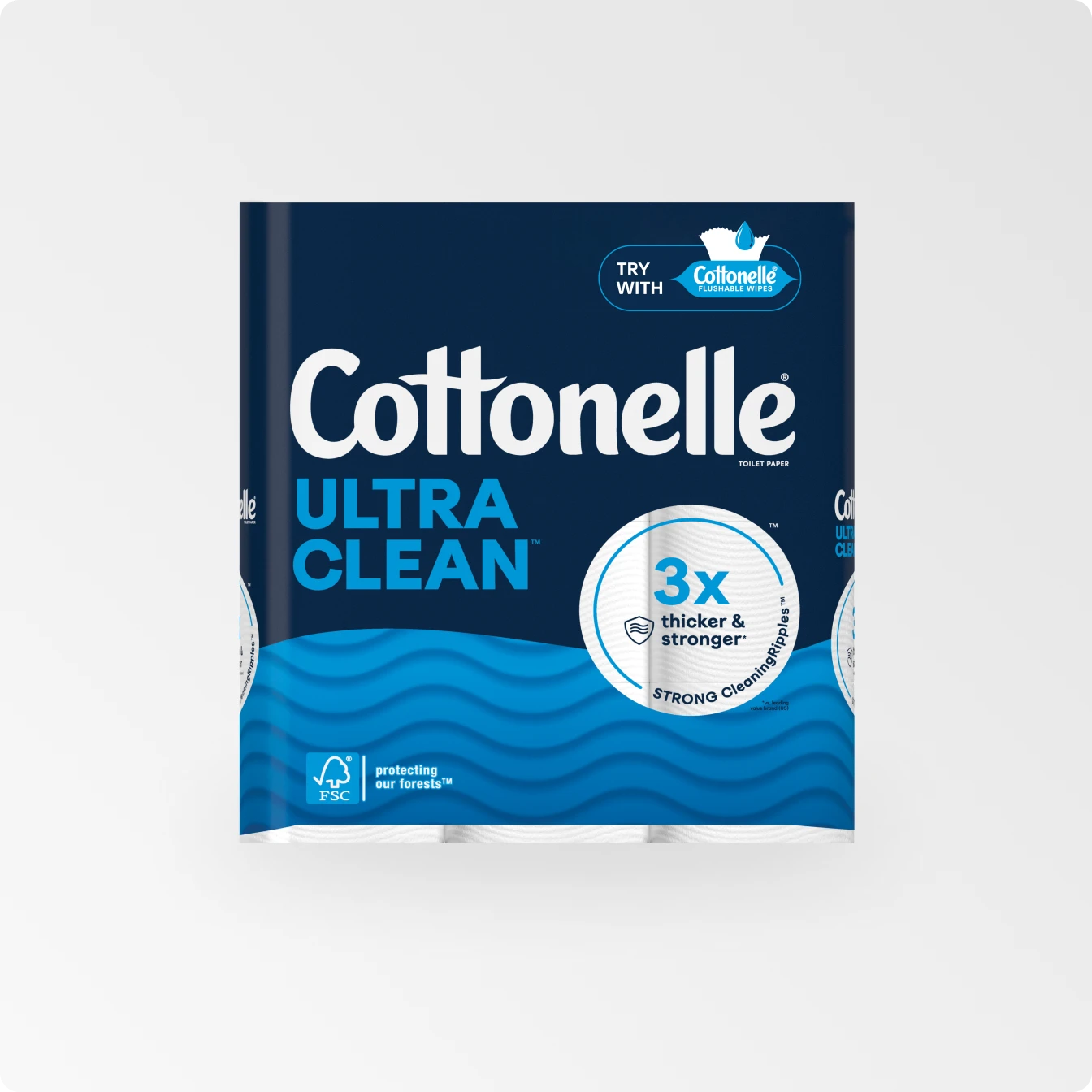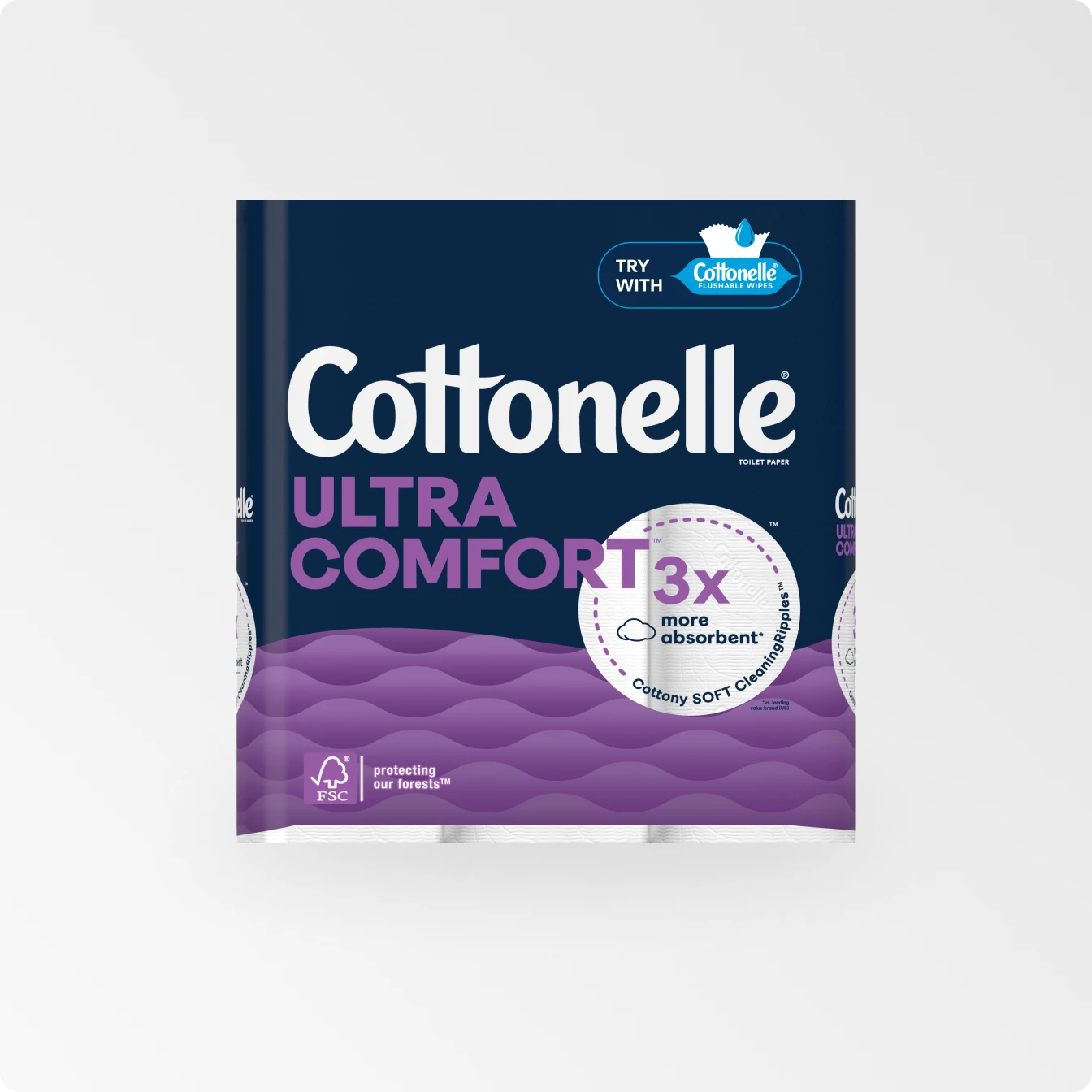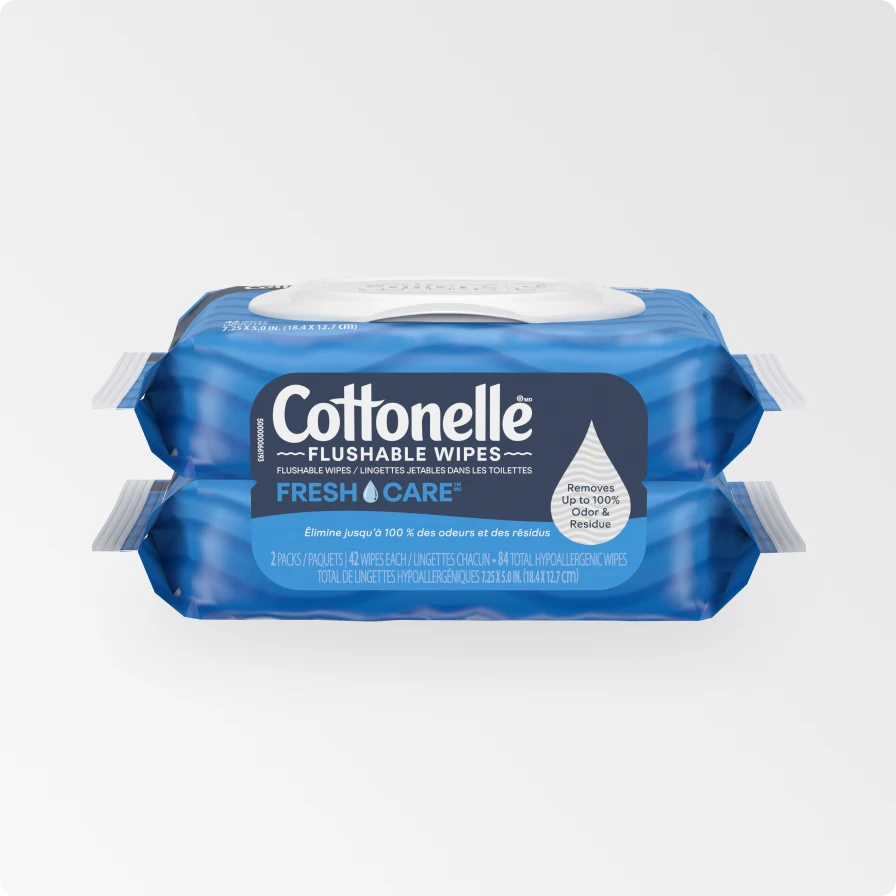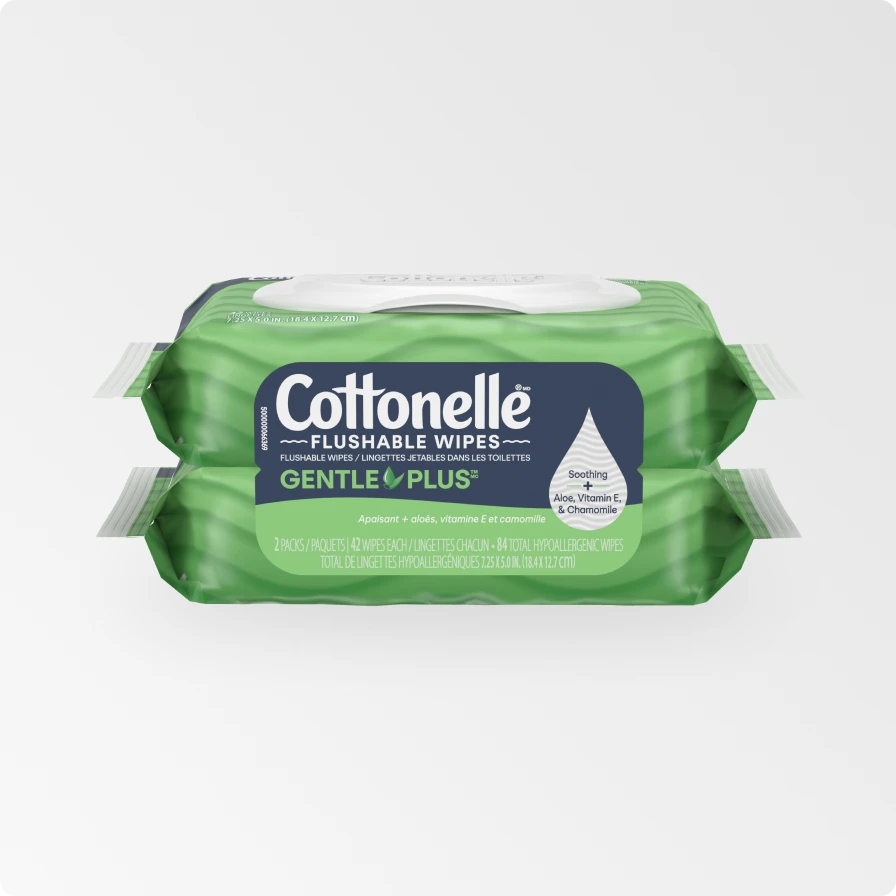What is safe to flush? Flushability expert Barry Orr, answers all your questions
What is safe to flush? Flushability expert Barry Orr, answers all your questions
Barry Orr is the Sewer Outreach and Control Inspector for the City of London, Ontario, has over 25 years of experience in environmental and wastewater fields. It’s safe to say, Barry is passionate about flushability!
In fact, Barry was the first to understand that, in order to combat the multitude of so-called flushable products inundating the sewer systems, the water environment industry needed to conduct research in conjunction with Universities to drive awareness and education around what is safe to flush. Barry collaborated with Toronto Metropolitan University (TMU), formerly Ryerson University, to investigate the “flushability” of certain products labelled and sold as flushable. The research paper “Ryerson University: Defining Flushability for Sewer Use” was published in 2019 and was pivotal at getting provincial and federal government attention on what is being flushed in our sewer systems. The Flushability Lab at TMU has become a hub for testing flushable products around the globe.
Hear from the expert himself on what he had to say on flushability.
Cottonelle: How did your interest in the flushability space spark?
Barry: From a very young age, I've always been fascinated with the water environment. You could always find me at our farm just outside of Strathroy, Ontario by the pond or river with my dog exploring, fishing, and connecting with mother nature. Once I moved to London, Ontario I felt this greater connection to the protection of my community. I attended Western University and right after started a career with the City of London as a wastewater operator. Being an operator was fascinating - I controlled the valves, pumps, gates, blowers, and other equipment to optimize treating the water before it went into the receiving body like the Thames River. I really couldn’t understand why someone would flush items that should never be flushed… if only they knew the consequences of flushing the wrong items.
Cottonelle: Why should consumers care about a product's flushability?
Barry:It’s simple! Our environmental health is contingent on making sure the flushed waste makes it to a treatment plant for processing and achieves a highly regulated state before discharging into our receiving waters.
Cottonelle:Why should consumers be conscientious about what they're flushing?
Barry:Once non-dispersible material makes its way into the sewer system it's costly to remove the unwanted items. The resulting environmental impact of sewage overflows can be devastating to the natural water environment, and ultimately, our drinking water source.
Cottonelle:What is the IWSFG product certification logo that we see on Cottonelle Flushable Wipes?
Barry:The IWSFG logo stands for International Water Services Flushability Group and signifies that wastewater professionals from around the globe have vetted the testing product in the most stringent flushability testing in the world and the wipes breakdown like toilet paper.
Cottonelle:Why should consumers look for the IWSFG logo when shopping?
Barry:If your flushable item doesn’t have the IWSFG logo on it, it should never be flushed. Most wipes on the market are not flushable and should have a Do Not Flush logo on the packaging. Many of those wipes also contain plastic fibers or regenerated cellulose fibers.
Toilet paper, human waste and products that carry the IWSFG logo are safe to flush in most countries.
Cottonelle:Can you describe why Cottonelle Flushable Wipes are safe to flush?
Barry:They are made of pulp paper, contain no plastics and meet the IWSFG specification. Like toilet paper, Cottonelle Flushable Wipes break down into small pieces in a short amount of time.
Cottonelle:How do Cottonelle’s materials compare to those of non-flushable products?
Barry:Cottonelle’s paper fibers are readily degradable in a wide range of conditions making the Cottonelle Flushable Wipes safe to flush.
Cottonelle:Based on Cottonelle’s 2022 lab experiment, could you speak to how Cottonelle Flushable Wipes break down in pipes?
Barry:That was a really fun experiment!
What we saw during the experiment with the Cottonelle Flushable Wipes can be broken out into three steps:
Cottonelle Flushable Wipes start to fall apart as soon as it hits the water;
In just a few minutes, it sheds a layer of paper into very small pieces;
Within 30 minutes, the entire wipe has broken apart into pieces smaller than 25mm.
Cottonelle:How would a consumer stay up to date on changes to the flushability space?
Barry:Reach out to your local wastewater treatment plant or local government for tips and research.
Cottonelle:Are there other things consumers should be on the lookout for when thinking about what they're flushing?
Barry:Yes, we are seeing many products state they “dissolve in water”. However, we should keep in mind that just because you can flush it, doesn’t mean you should.
Cottonelle: When do you use Cottonelle Flushable Wipes?
Barry:Being a backcountry camper, I am pleased to use Cottonelle wipes as I can wipe away the grim of the day and bury it just like I would with toilet paper at the privy. As I have travelled to many remote places around the world, it always concerns me that I see baby wipes and wilderness wipes being used and disposed of in the ground. The last thing we should be leaving behind at our wonders of the world are our plastic or non-degradable wipes…Please put waste in the right place!
We couldn’t agree more. Keep an eye out on your flushable products for the IWSFG logo and happy flushing!

